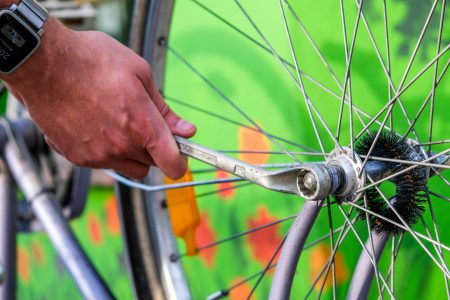Halloween is here! Along with all the costumes, preparation, and candy, we need to keep safety on our top list of priorities. During this time of year, parents need to go over safety rules with their children before trick-or-treating begins and drivers need to be more aware than ever.
Here are some safety precautions for children, parents, and driver to follow to make this year’s Halloween a successful one.
- Always walk on sidewalks or paths and cross the street at corners, using traffic signals and the designated crosswalks. Look both ways when crossing and make sure your electronic devices are away so they do not take your eyes off of the road.
- Teach children to watch for cars that are turning or backing up, and to never dart out into the street or cross between parked cars.
- Younger children should not be alone at night without adult supervision. Create a parent group to go out trick-or-treating so you become a part of all the fun.
- Drivers need to slow down and be especially alert in residential neighborhoods.
- Children are excited on Halloween and may move in unpredictable ways, so as a driver it’s your responsibility to see them. Take extra time to look for kids at intersections, on medians, and on curbs.
Halloween is an exciting time of year for everyone. Together, we are all responsible- as pedestrians and drivers to make this year’s Halloween a safe and successful one.

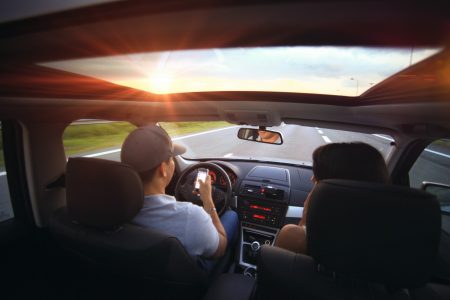 dedicated to raising awareness and seeking solutions to prevent teen injuries and deaths on the road. Designated by Congress to raise awareness of teen driver safety topics, encourage safe driving, and passenger behavior when driving on the road, the program is now in its 11th year!
dedicated to raising awareness and seeking solutions to prevent teen injuries and deaths on the road. Designated by Congress to raise awareness of teen driver safety topics, encourage safe driving, and passenger behavior when driving on the road, the program is now in its 11th year!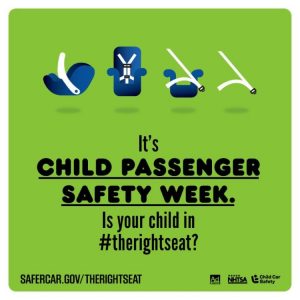 Car seats and boosters provide protection for infants and children during a car crash, yet these crashes are a leading cause of death for children all over the world. This is mainly due to the improper placement of car seats and the use of the wrong size. Many parents and guardians have a lack of understanding of what car seat is right for their child.
Car seats and boosters provide protection for infants and children during a car crash, yet these crashes are a leading cause of death for children all over the world. This is mainly due to the improper placement of car seats and the use of the wrong size. Many parents and guardians have a lack of understanding of what car seat is right for their child.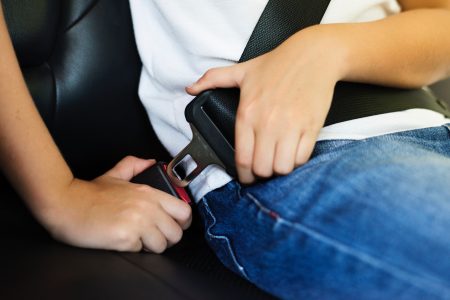 Centers for Disease Control and Prevention, seat belts reduce the risk of death in vehicle accidents by around 50%. This being the most important reason you should always have a seat belt buckled around you.
Centers for Disease Control and Prevention, seat belts reduce the risk of death in vehicle accidents by around 50%. This being the most important reason you should always have a seat belt buckled around you.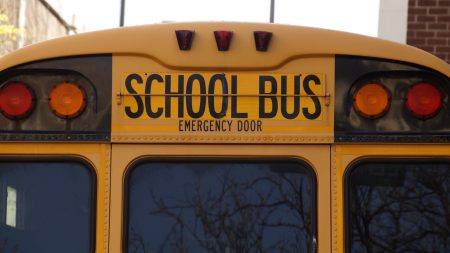 With back-to-school mode in full swing, you may have noticed more traffic congestion. And along with traffic congestion, we are sharing the roads with school buses, bicyclists, and parents rushing to drop their kids off at school. Sharing the road and following these simple safety precautions will ensure a safe school year:
With back-to-school mode in full swing, you may have noticed more traffic congestion. And along with traffic congestion, we are sharing the roads with school buses, bicyclists, and parents rushing to drop their kids off at school. Sharing the road and following these simple safety precautions will ensure a safe school year: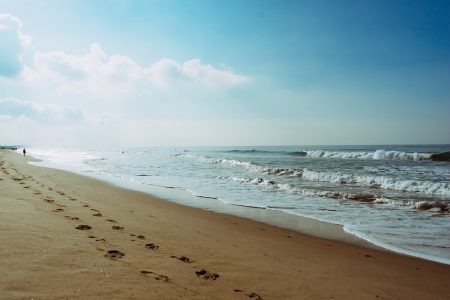 Everyone loves a trip to the beach, right? Watching the waves crashing, children playing in the sand, and feeling the warmth of the sun makes for the perfect beach day!
Everyone loves a trip to the beach, right? Watching the waves crashing, children playing in the sand, and feeling the warmth of the sun makes for the perfect beach day!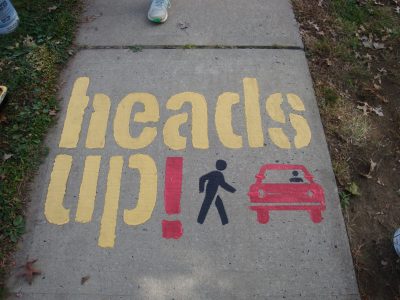 Distracted Walking is a growing problem all over the world. Each year, more and more people are injured while walking because of texting, talking or listening to music while on their cell phones. According to the Governors Highway Safety Association, there were nearly 6,000 pedestrian fatalities in 2017 as a result of distracted walking. How do we stop this number from growing?
Distracted Walking is a growing problem all over the world. Each year, more and more people are injured while walking because of texting, talking or listening to music while on their cell phones. According to the Governors Highway Safety Association, there were nearly 6,000 pedestrian fatalities in 2017 as a result of distracted walking. How do we stop this number from growing?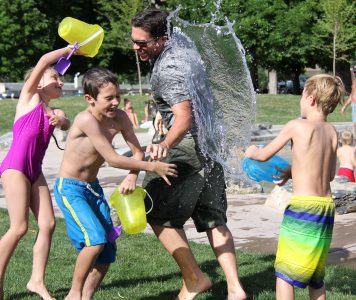 August is National Family Fun Month, which means it’s a great opportunity to seize the remainder of summer by spending time with family. Here are some cool activities to help you and your family finish out the summer!
August is National Family Fun Month, which means it’s a great opportunity to seize the remainder of summer by spending time with family. Here are some cool activities to help you and your family finish out the summer!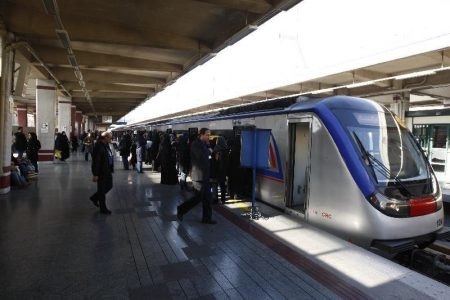 Recently, I visited my Mother in Isfahan, Iran. Isfahan, my hometown, is a metropolitan city in the center of Iran with a regional population of 3.5 million.
Recently, I visited my Mother in Isfahan, Iran. Isfahan, my hometown, is a metropolitan city in the center of Iran with a regional population of 3.5 million.